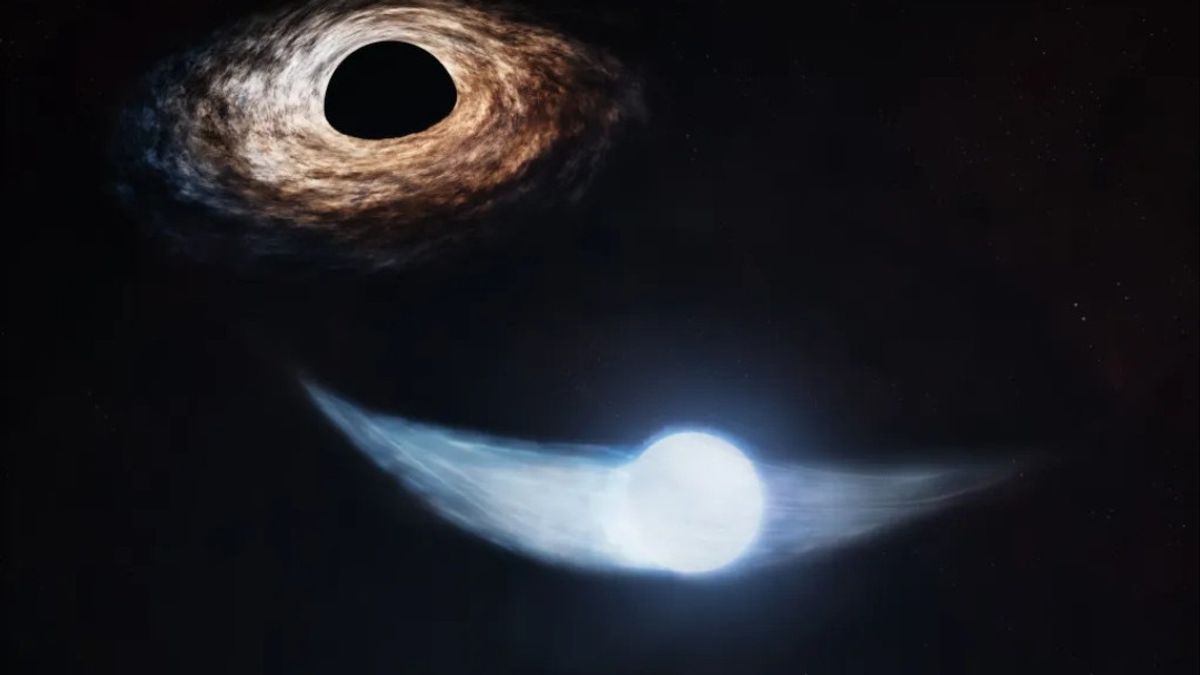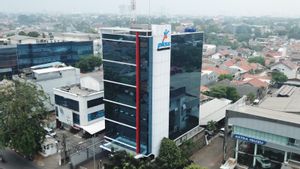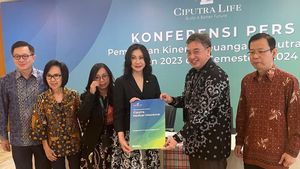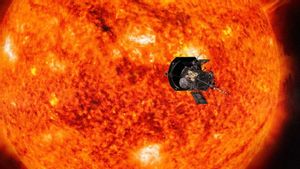JAKARTA The researchers made important progress by observing black holes using the Chandra X-ray Observatory telescope. They can now understand when black holes eat or eat material.
In addition to using NASA's Chandra telescope, the researchers also used data from Neil Gehrel's Swift Observatory and XMM-Newton belonging to the European Space Agency (ESA). They observed supermassive black holes in the AT2018fyk system.
These black holes have masses up to 50 million times larger than the solar mass and are at the center of the galaxy which is located about 860 million light from Earth. In elliptical orbits around the black hole there are stars that are partially destroyed.
This damage occurs due to the act of black holes. Every time a tidal force occurs, black holes will pull some material from the star to create stellar debris. This process usually occurs around 3.5 years.
Around 2018, an ASAS-SN optical ground-based survey showed that the AT2018fyk system became brighter than usual. After being observed using the NASA and ESA telescopes, it was revealed that this brightness spike was due to tidal disruption.
SEE ALSO:
This means that there are stars that are completely torn apart and some of the debris is swallowed by black holes because they are too close. This makes orbits experience a huge increase in brightness, as seen in the Chandra and XMM-Newton telescopes.
Initially, scientists thought that the star had been completely eaten because of the brightness in the X-ray and ultraviolet (UV) radiation fading. However, two years later, these two rays returned to light, even much brighter than before.
Seeing this event, the star is thought to have escaped from the black hole, then entered the same elliptical a few years later. Thus, the star will be eaten by black holes every 3.5 years because the orbit attracts the star closer to the black hole.
The English, Chinese, Japanese, Arabic, and French versions are automatically generated by the AI. So there may still be inaccuracies in translating, please always see Indonesian as our main language. (system supported by DigitalSiber.id)















